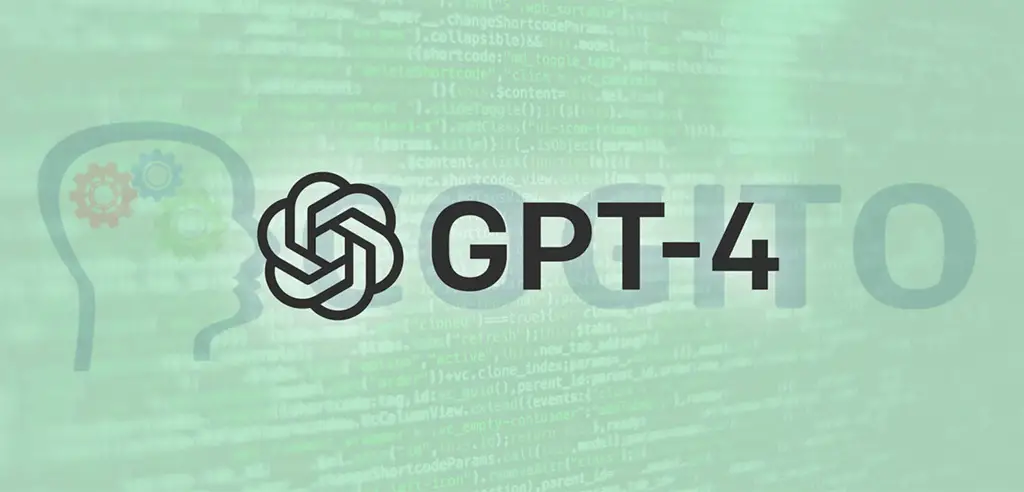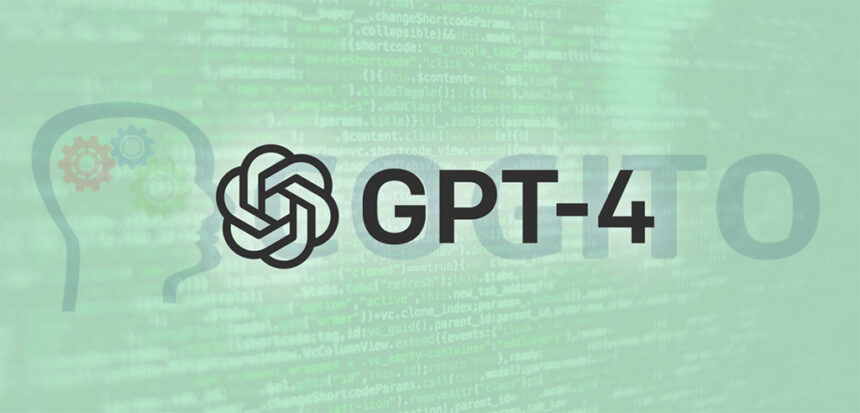
Introduction
As technology advances, humans have begun to seek ways to automate mundane and repetitive tasks. GPT-4, a powerful language model, and Python, a versatile programming language, have made automation easier than ever before. Using GPT-4 and Python, this article demonstrates how you can automate repetitive tasks and free up valuable time.
How does GPT-4 work?
It is the fourth iteration of the GPT (Generative Pre-trained Transformer) series of language models developed by OpenAI. Using deep learning algorithms, the model generates human-like text using natural language processing. There are over a trillion parameters in GPT-4, making it one of the most powerful language models ever devised. In addition to chatbots, language translation, and text completion, GPT-4 can be used in a wide range of applications.
How does Python work?
Python is a versatile, high-level programming language that is widely used in the fields of data science, artificial intelligence, and automation. Additionally, Python is a user-friendly programming language due to its readability and simplicity. A wide variety of complex tasks can be performed using its extensive library of modules and packages. The Python programming language is not only used to develop web applications, but it is also used to analyze data, perform machine learning, and automate processes.
Also Read: How Long Does It Take To Learn Python
Using GPT-4 and Python to automate boring tasks
GPT-4 and Python make automating boring tasks a breeze. There are a number of ways in which GPT-4 and Python can be used to automate tedious tasks, including:
Responding to emails in an automated manner
It can be time-consuming and tedious to respond to emails. The use of GPT-4 and Python can be used to automate email responses by generating human-like responses based on the content of the email. A dataset of email responses can be used to train GPT-4 on how to generate appropriate responses based on the content of an email. A Python script can be written to read incoming emails and generate GPT-4 responses.
Automating the entry of data
GPT-4 and Python can be used to automate data entry tasks. A dataset of entries can be used to train GPT-4 on how to generate entries based on the content of the input. Using Python, you can generate entries using GPT-4 using input data and a script. Forms can be filled out, spreadsheets can be updated, and databases can be populated.
Here’s an example using code:
import openpyxl # Open the workbook and select the sheet workbook = openpyxl.load_workbook('example.xlsx') sheet = workbook.active # Define the data to be entered data = [ ['John', 'Smith', '[email protected]'], ['Jane', 'Doe', '[email protected]'], ['Bob', 'Johnson', '[email protected]'] ] # Loop through the data and enter it into the sheet for row in data: sheet.append(row) # Save the workbook workbook.save('example.xlsx')
Using the openpyxl module, this script works with Excel files. The workbook is loaded and the active sheet is selected. There’s a list of lists in the data variable, and each inner list contains the data for one row. Each row is added to the sheet using the append() method. To save the updated workbook, we use the save() method. You can save a lot of time by using this script instead of manually entering each row of data.
Posting social media posts automatically
It can be tedious and time-consuming to create and post social media content. By using GPT-4 and Python, you can create scripts that generate human-like social media posts based on the input. It is possible to train GPT-4 on a dataset of social media posts in order to teach it how to generate appropriate posts based on the content of the input. You can then use Python to develop a script that reads input data and generates social media posts.
Example of a code: import tweepy # Set up authentication credentials consumer_key = 'your_consumer_key' consumer_secret = 'your_consumer_secret' access_token = 'your_access_token' access_token_secret = 'your_access_token_secret' # Authenticate with Twitter API auth = tweepy.OAuthHandler(consumer_key, consumer_secret) auth.set_access_token(access_token, access_token_secret) # Create API object api = tweepy.API(auth) # Define the text and image for the tweet text = 'Check out my latest blog post!' image_path = '/path/to/image.jpg' # Create the tweet media = api.media_upload(image_path) api.update_status(status=text, media_ids=[media.media_id])
Twitter API credentials are set up with the help of tweepy, using Twitter Developer Dashboard keys and tokens. API objects are authenticated using the OAuthHandler class. The update_status method posts the tweet, with the status parameter containing the tweet’s text and the media_ids parameter containing the image’s ID. If you post each tweet manually, this script can save you a lot of time.
Using chatbots to automate customer service
The use of chatbots for customer service has become increasingly popular in recent years. Using GPT-4 and Python, you can create an effective chatbot that can handle customer inquiries and provide support. By training GPT-4 on a dataset of customer service conversations, you can teach it how to generate appropriate responses based on the content of the input. Python can then be used to create a script that reads incoming chat messages and generates responses using GPT-4.
Automating the translation process
The process of translating can be time-consuming and tedious. A script that generates translations based on the content of the input can be created using GPT-4 and Python. With the help of a dataset of the translated text, GPT-4 can be trained to generate appropriate translations based on the content of the input. Using Python, you can create a script that reads input text and generates translations by using GPT-4.
from googletrans import Translator # Set up the translator object translator = Translator() # Define the text to be translated text = 'Hello, how are you?' # Translate the text to Spanish translated = translator.translate(text, dest='es') # Print the translated text print(translated.text)
With this script, you will be able to use the Google Translate API to translate text. It will set up the Translator object and specify the text to be translated. With the dest parameter, we specify the target language when translating the text to Spanish using the translate() method. After the translation has been completed, the translated text is printed to the console. As an alternative to copying and pasting each word into an online translation tool individually, this script can save a significant amount of time.
Automating the creation of content
It can be time-consuming and challenging to create content, such as articles or reports. By using GPT-4 and Python, you can automate the creation of content by creating a script that generates human-like content based on the input you provide. In order to teach GPT-4 to generate appropriate content based on inputs, you can train it using a dataset of articles or reports. In order to generate content using GPT-4, you can use Python to write a script that reads input data and generates content.
Also Read: Artificial Intelligence (AI) and Email Marketing.
Recognition of images by automated means
The task of image recognition can be automated using GPT-4 and Python. GPT-4 can be trained on a dataset of images to learn how to recognize and classify them. Then, you can use Python to create a script that reads input images and generates classifications based on GPT-4.
Final thoughts
As a result, GPT-4 and Python are effective tools for automating tedious and repetitive tasks. As a result of GPT-4’s natural language processing capabilities and Python’s versatility, you are able to automate tasks such as sending emails, entering data, posting on social media, creating chatbots for customer service, translating, creating content, and recognizing images. As a result of automation, you will be able to save time and increase productivity, allowing you to focus on more important tasks. Considering the continuous development of GPT models and Python’s expanding capabilities, there are many opportunities for automation.











